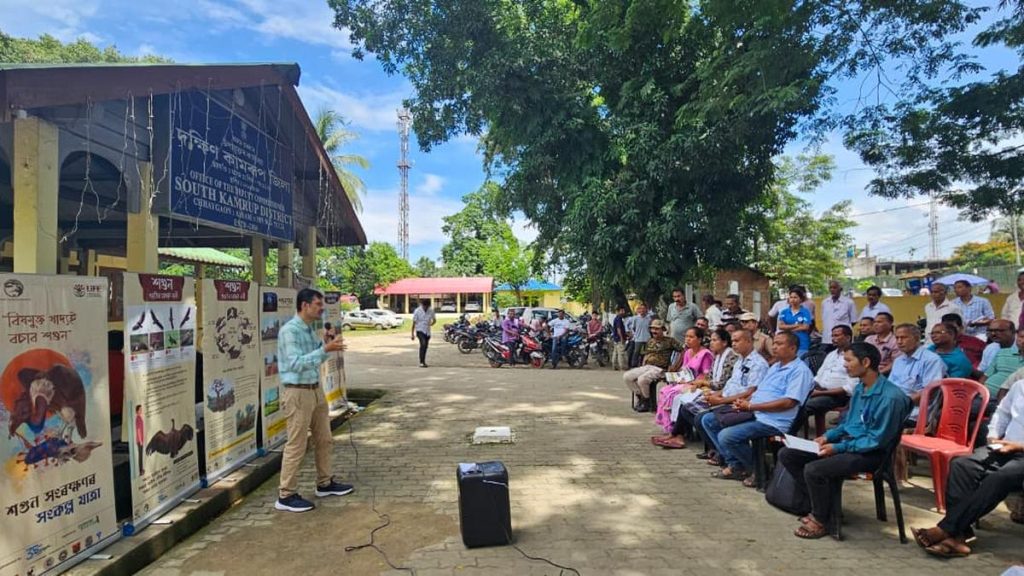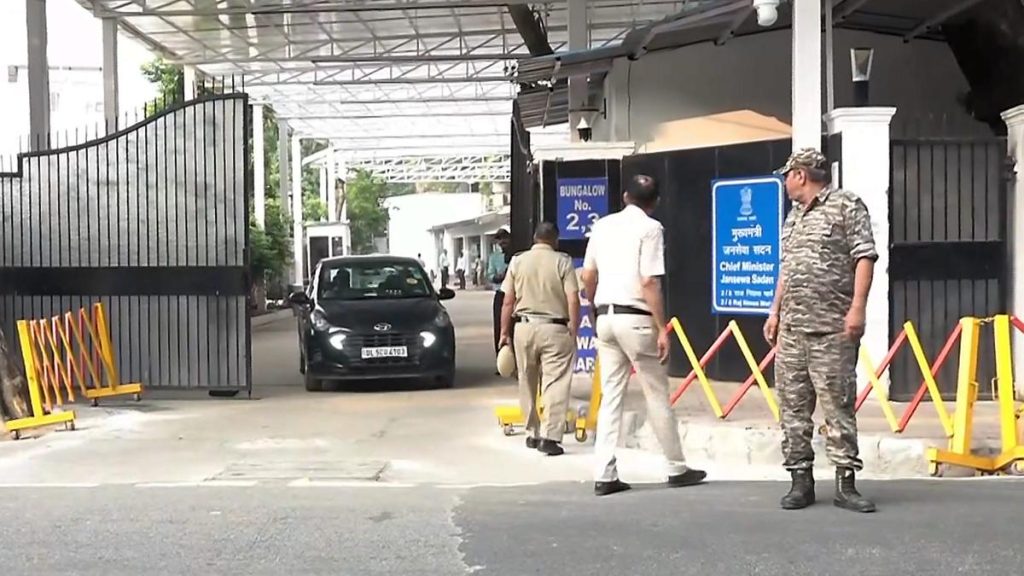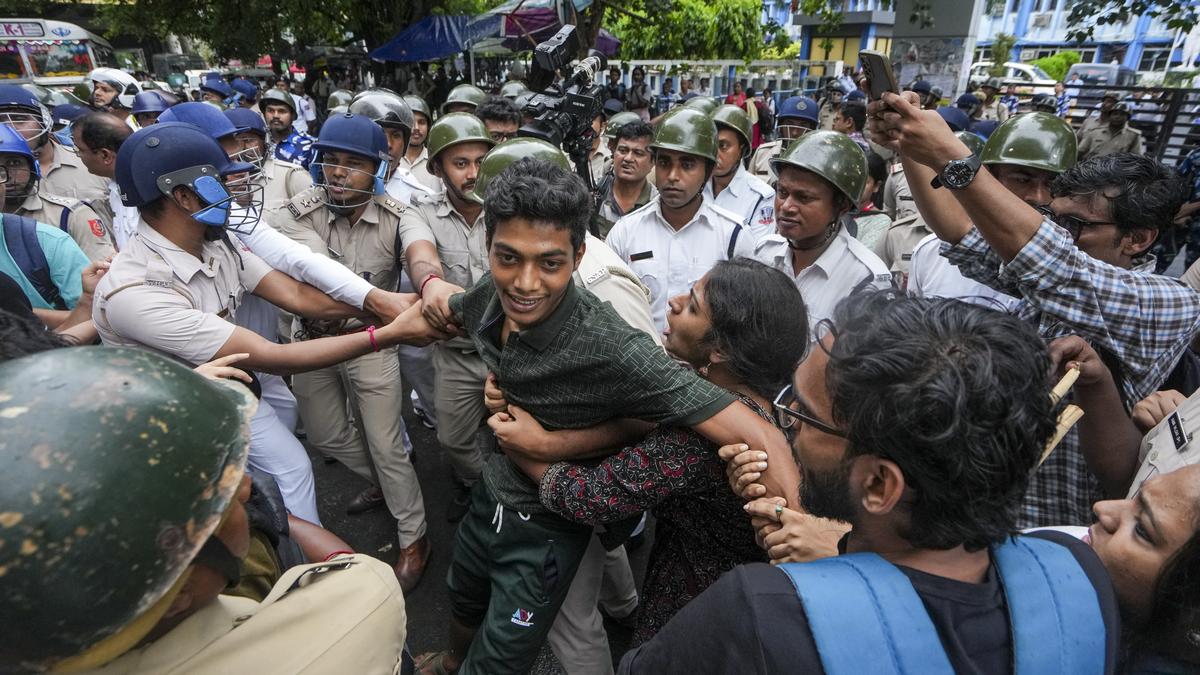Now Reading: Meghalaya District Enforces Night Curfew Along Bangladesh Border
-
01
Meghalaya District Enforces Night Curfew Along Bangladesh Border
Meghalaya District Enforces Night Curfew Along Bangladesh Border
Fast Summary:
- Night Curfew Imposed: Authorities in Meghalaya’s East Khasi Hills district have imposed a night curfew within 1 km of the India-Bangladesh border, effective from August 21, 2025. The curfew runs from 8 p.m. to 6 a.m. for an initial period of two months.
- Objective: The measure aims to curb illegal activities, including infiltration and smuggling across the india-Bangladesh border.
- Prohibited Activities: Includes unauthorized entry into Indian or Bangladeshi territory, assembly of five or more individuals, carrying weapons, and smuggling contraband goods like cattle, betel nuts/leaves, bidis, cigarettes, tea leaves.
- Border Challenges: Meghalaya shares a 444 km long border with Bangladesh; about 20% remains unfenced due to international rules preventing fencing within 150 meters of the zero-line and local opposition by villagers.
- Recent Incident: Armed Bangladeshi miscreants allegedly attempted shop looting and abducted a villager on August 8. Local villagers retaliated; six were caught-one later died due to injuries-among whom one was identified as a member of Bangladesh’s police force.
- BSF Outposts Insufficient Coverage: important sections remain unguarded due to hilly terrain and lack of fencing according to MLA Marthon J. Sangma.
Indian Opinion analysis:
the night curfew near the India-Bangladesh border reflects rising concerns over cross-border illegal activities in regions like East Khasi Hills district in Meghalaya. Frequent incidents such as smuggling and recent intrusions highlight vulnerabilities stemming from incomplete border infrastructure-roughly one-fifth remains unfenced due to operational challenges tied both to geography and legal regulations.
Given that armed intrusions involved elements linked with Bangladesh’s law enforcement personnel according to evidence quoted in official accounts (e.g., identity card), tensions may inadvertently strain bilateral relations if unresolved.
Curfews can serve as immediate relief but highlight long-term policy challenges regarding human security along porous borders shared by rural communities whose livelihoods often intersect national boundaries unaided by robust infrastructure or security patrols.This decision signals seriousness emphasizing logistical gaps requiring multi-tier solutions over enforcement alone’s future reliance escalation
























